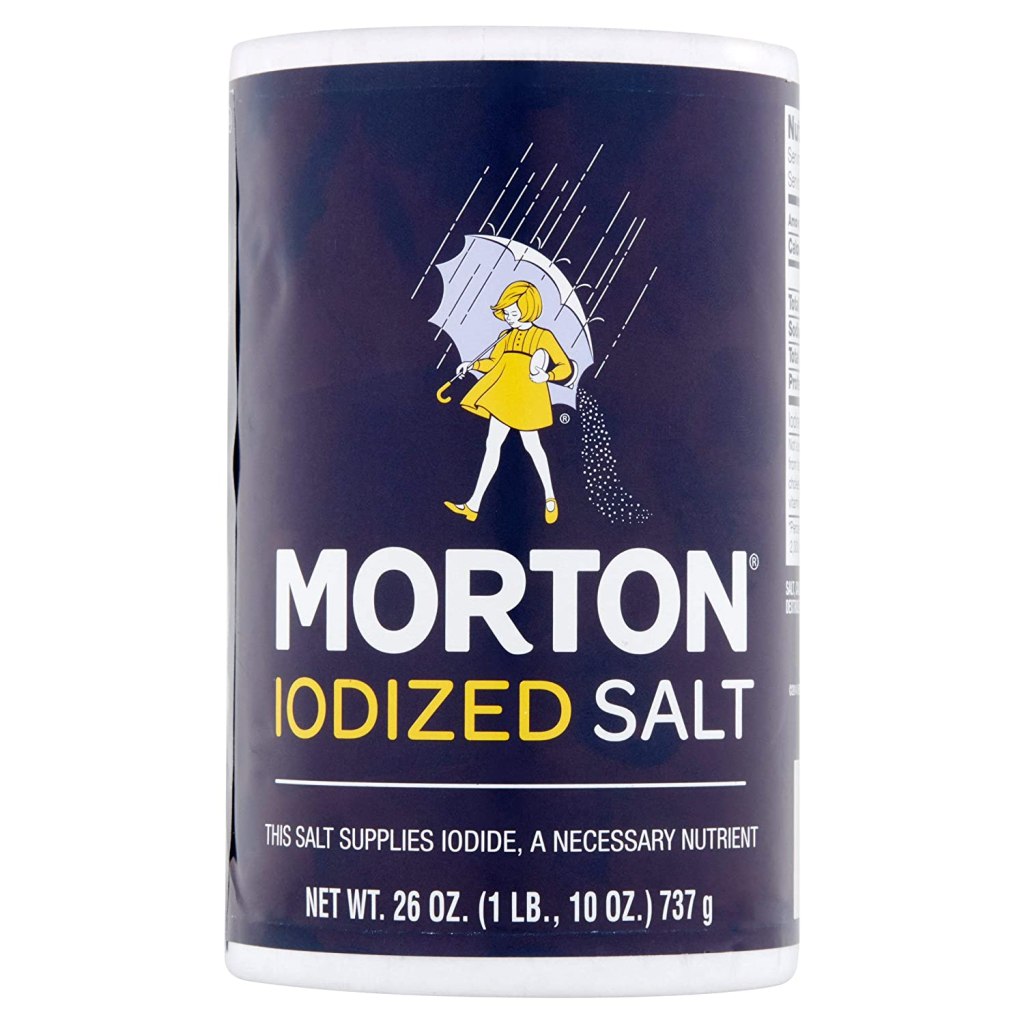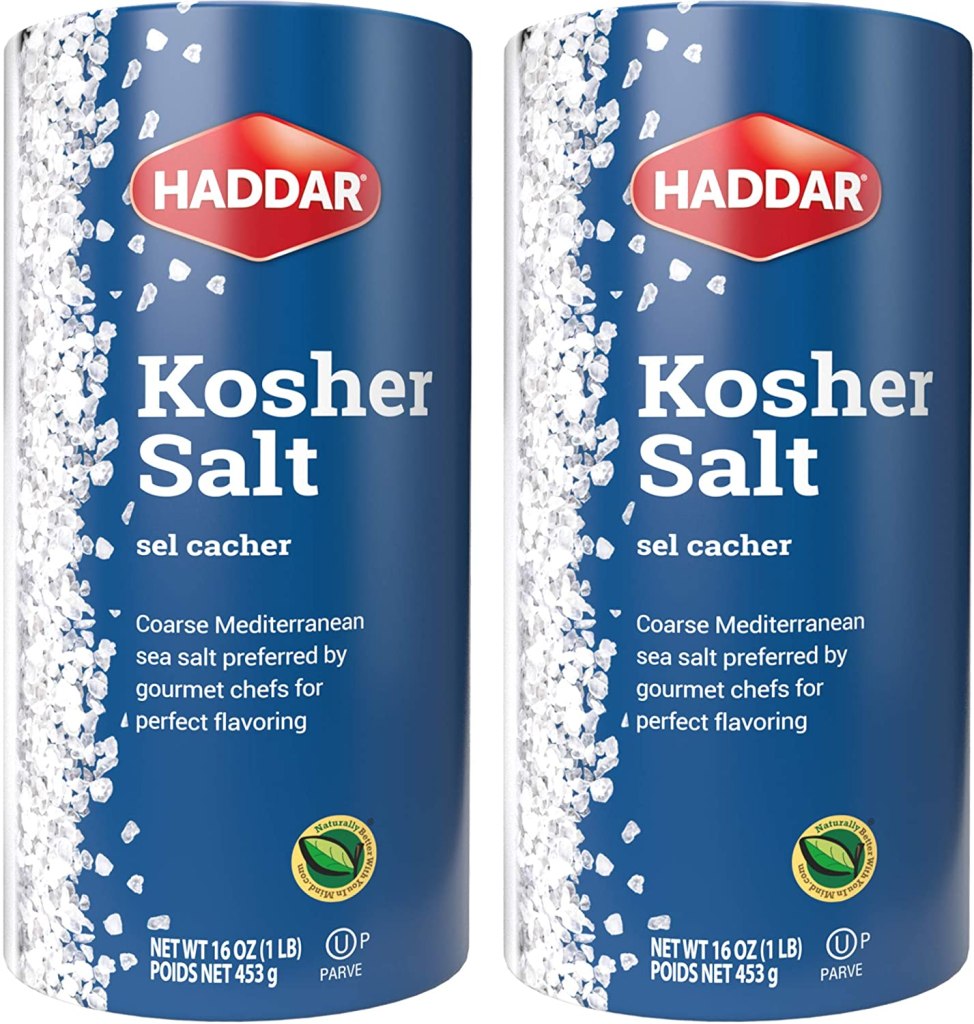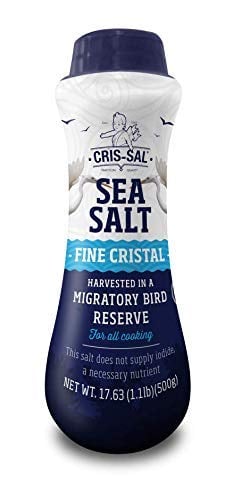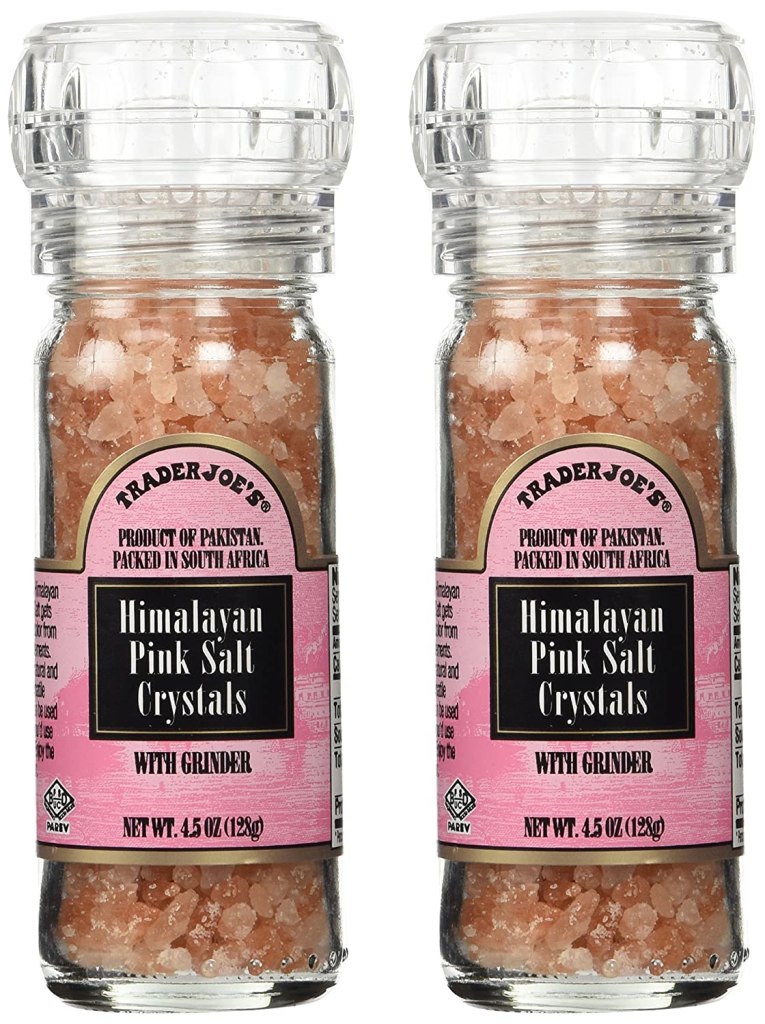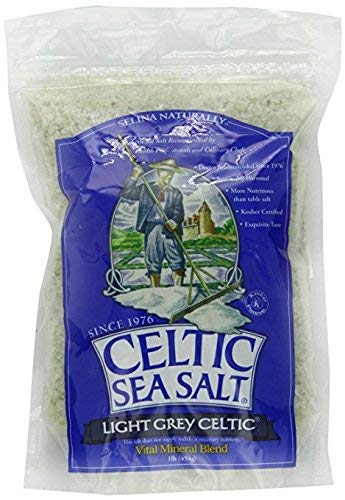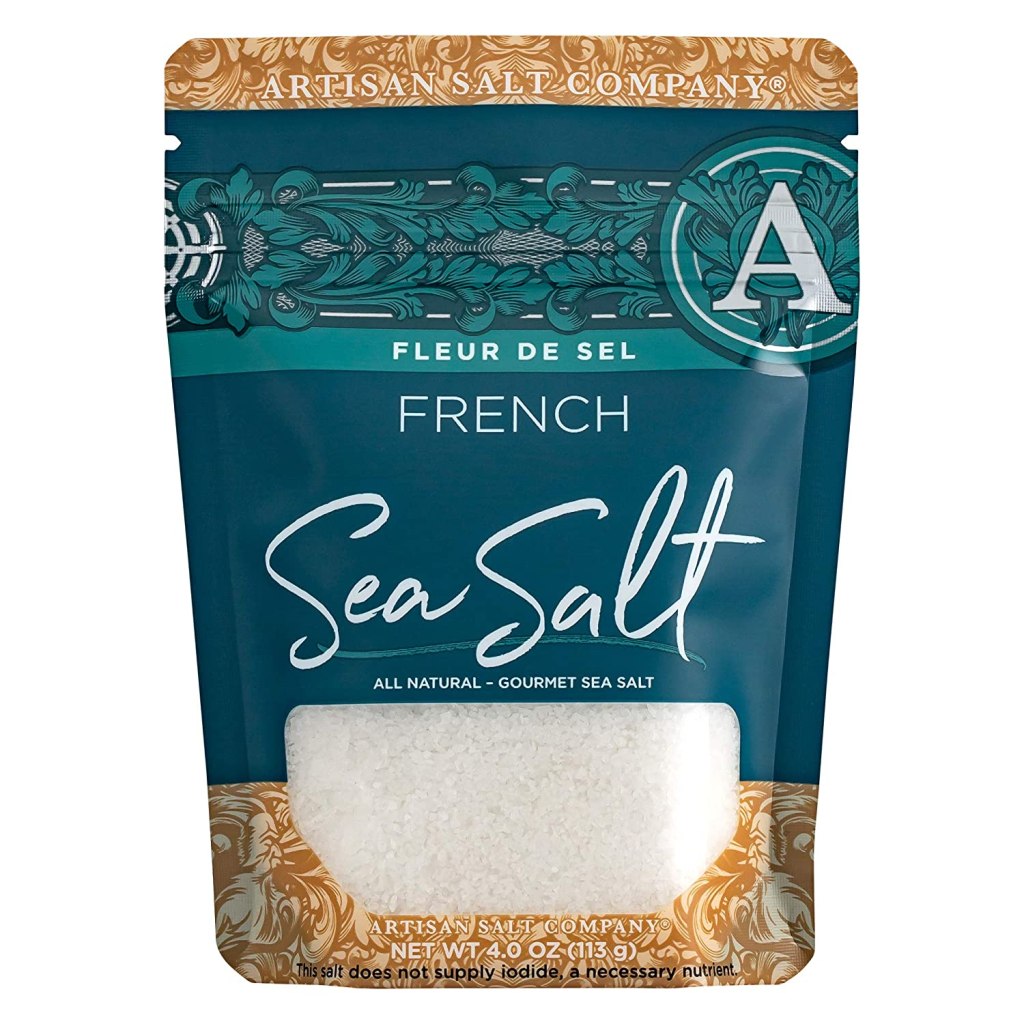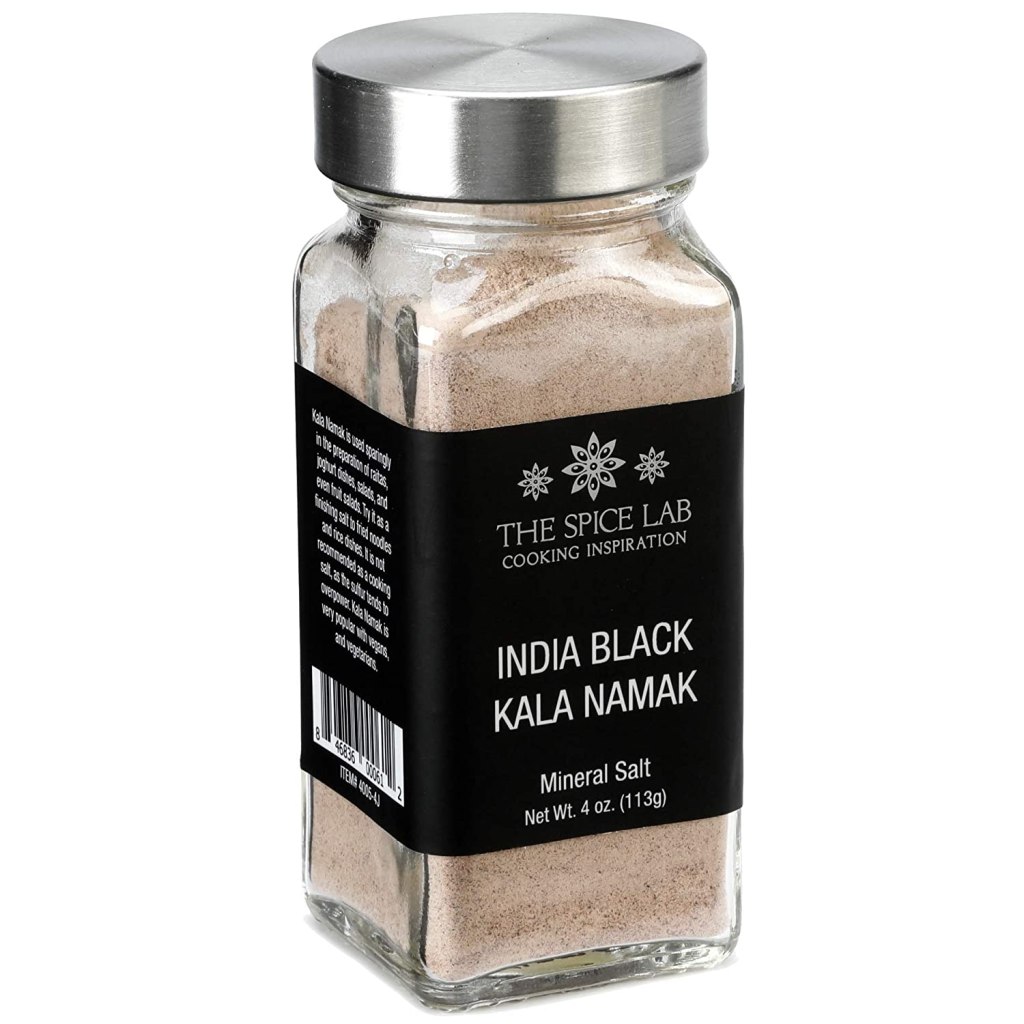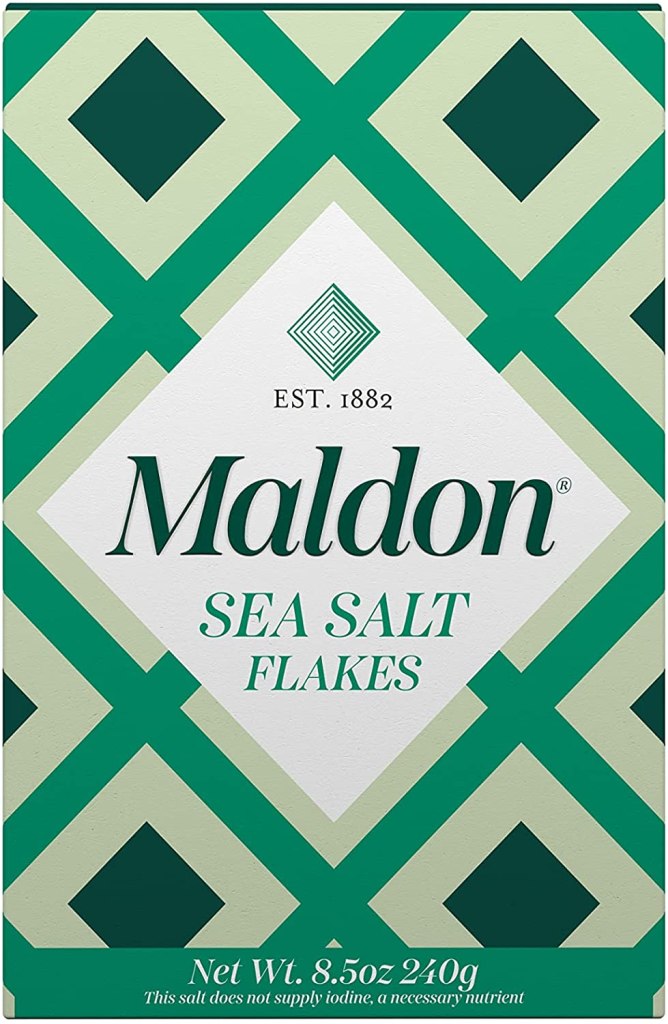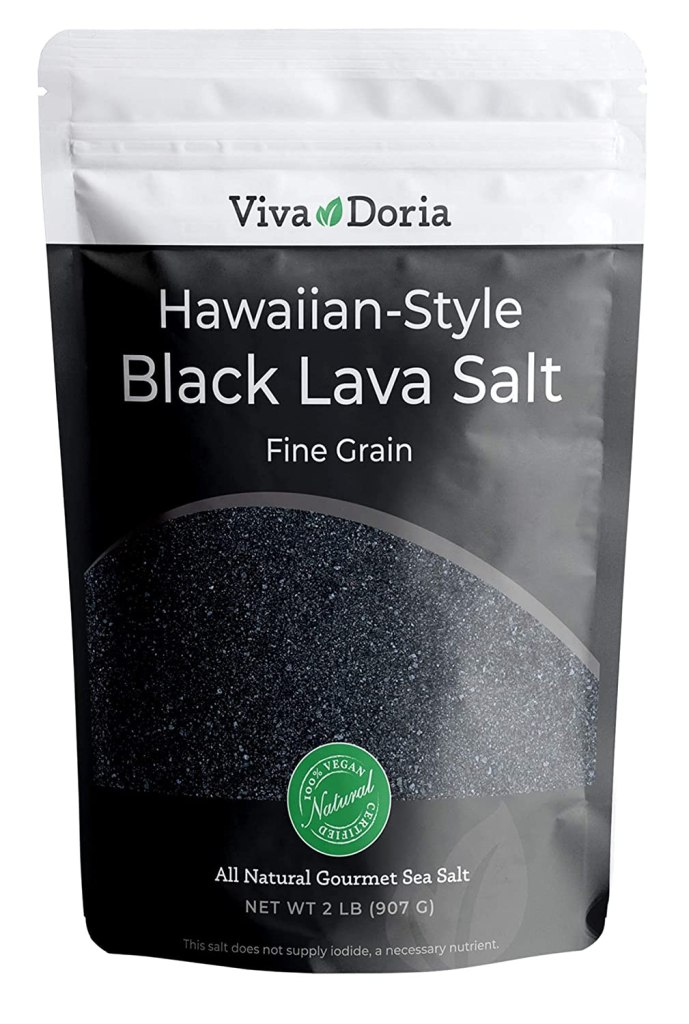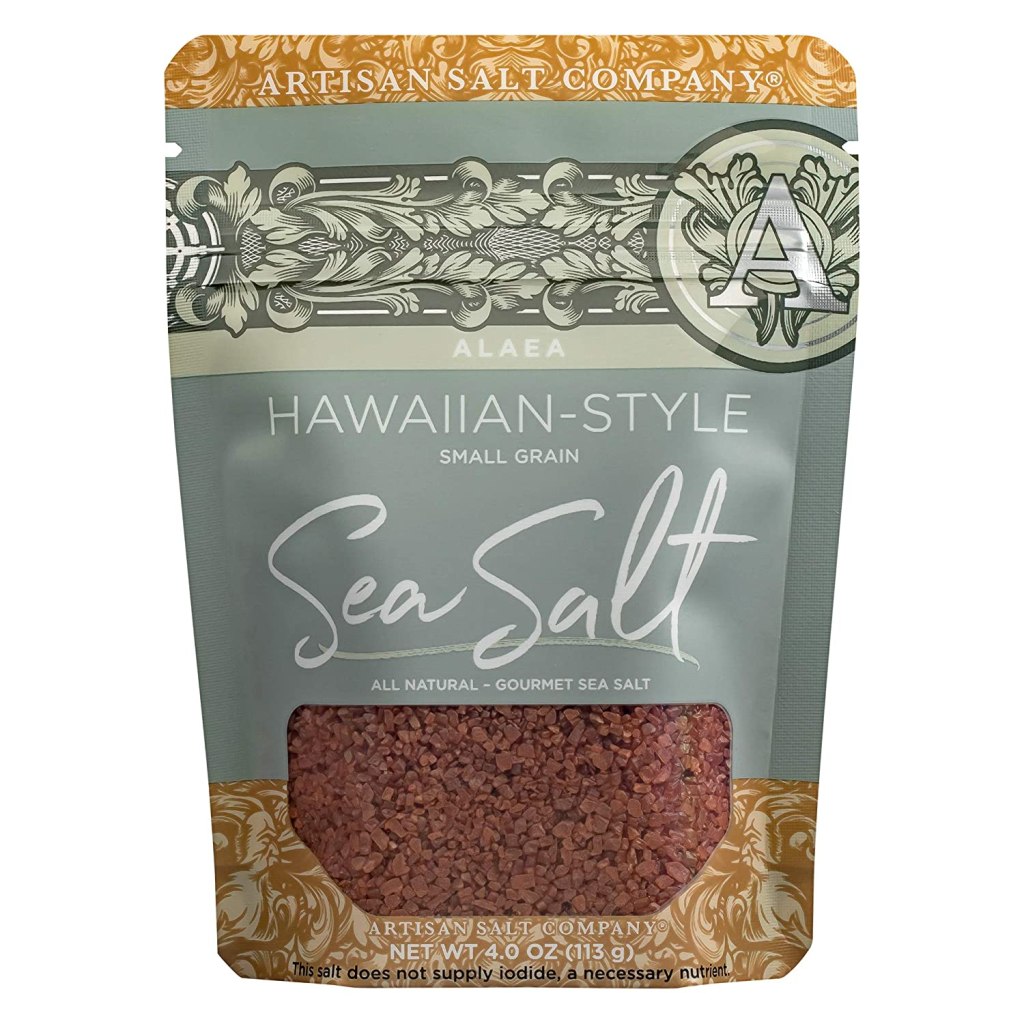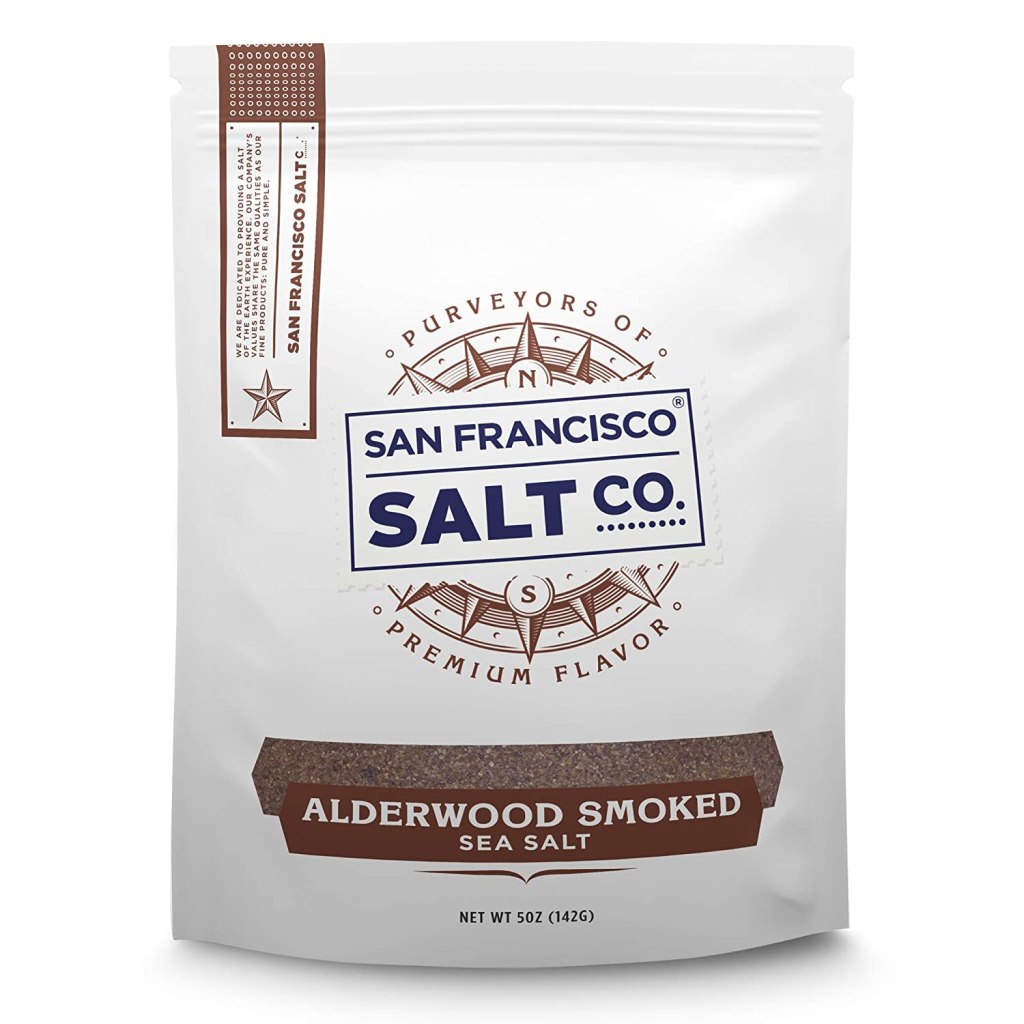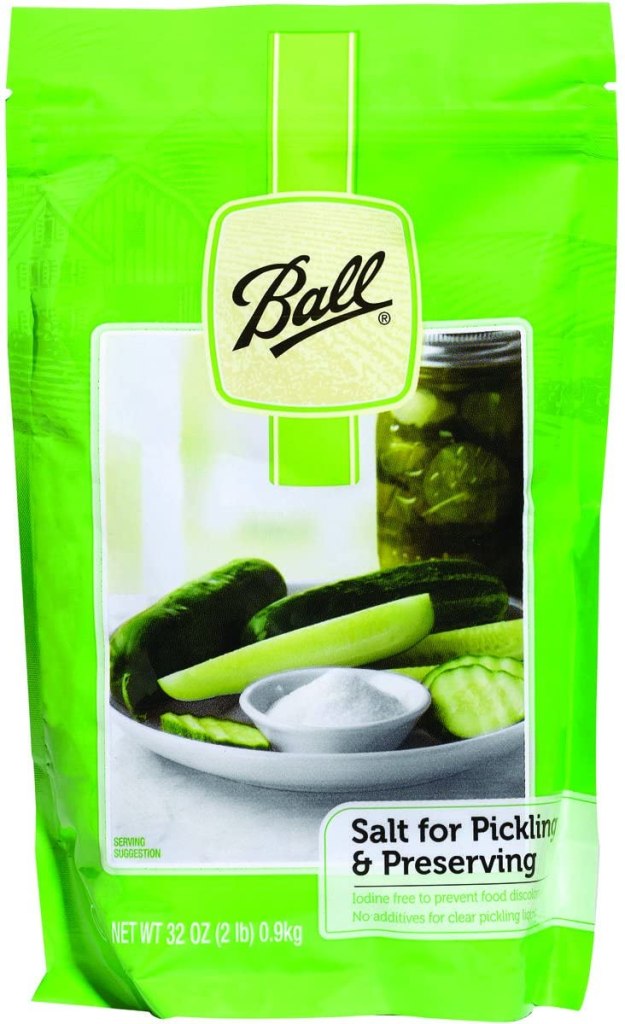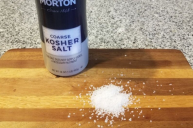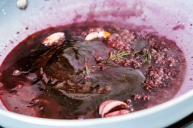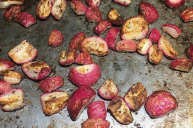In the kitchen, there's no ingredient more important than salt. Aside from being one of the five basic tastes (salty, sweet, bitter, sour, and umami), salt has properties that release food molecules into the air, giving the food an aroma - an integral part of taste. If you've ever eaten your favorite food while suffering a cold, you'll know just how important smell is and how connected it is to taste. That's why the different types of salt are important to distinguish between.
Videos by Wide Open Country
Salt also highlights and suppresses the different flavors we perceive in our food. In small amounts, salt curbs bitterness, but enhances sweet, sour and umami, giving sweet and sour dishes a more two-dimensional taste. At higher concentrations, it reduces sweetness and enhances umami, making it perfect for savory and meat dishes. This is why flavored salts and different varieties are so important in the kitchen; they're the perfect tool for bringing out different tastes in your food.
Salt makes food taste good, and that's that. Simple. Right? Well...
Any trip to a gourmet spice aisle will tell you differently. Finely ground powders and coarse, irregular chunks in rainbow hues - deep, crystalline black, iron red, rose pink, fire red and sea grey - await you. Surprising as it may be, there's good reason to keep these different salts around in the kitchen, as each kind of salt lends a specific quality and flavor to your meal. Let's take a look at 12 different types of salt and what they're best for.
12 Kinds of Salt Home Cooks Should Try Cooking With
1. Table salt
Table salt - the most common type - is harvested from salt deposits found underground. It's highly refined and finely ground, with impurities and trace minerals removed in the process. It's also treated with an anti-caking agent to keep from clumping.
Most table salt is iodized, meaning iodine has been added to prevent iodine deficiency, which can (and does, in much of the world) cause hypothyroidism and other maladies.
2. Kosher salt
Koshering salt - or kosher salt, in the U.S. - is flakier and coarser-grained than regular table salt. Its large grain size makes it perfect for sprinkling on top of meat, where it releases a surprising blast of flavor. Kosher salt also dissolves quickly, making it a perfect all-purpose cooking salt.
However, most kosher salt does not contain any added iodine, and only rarely any anti-caking agents. Despite the name, all kosher salt is not certified kosher. Rather, it's used in the koshering process, when surface fluids are removed from meat through desiccation.
3. Sea salt
Harvested from evaporated seawater, sea salt is usually unrefined and coarser-grained than table salt. It also contains some of the minerals from where it was harvested - zinc, potassium, and iron among them - which give sea salt a more complex flavor profile.
"Sea salt" is a pretty broad term, as it includes some of the specialty salts described below. Sprinkle it on top of foods for a different mouthfeel and a bigger burst of flavor than table salt. The coarse salt is perfect for flavoring meats and vegetables.
4. Himalayan pink salt
Of the different types of salt, Himalayan salt is the purest form of salt in the world and is harvested by hand from Khewra Salt Mine in the Himalayan Mountains of Pakistan. Its color ranges from off-white to deep pink. Rich in minerals - it contains the 84 natural minerals and elements found in the human body - Himalayan salt is used in spa treatments, as well as the kitchen.
Its mineral content gives it a bolder flavor than many other salts, so use it as a cooking and finishing salt - or to add a bit of flair to a salt-rimmed margarita! Slabs of the stuff are used for cooking and serving (Himalayan salt retains temperature for hours), and unfinished pieces often appear in shops as lamps.
5. Celtic sea salt
Also known as sel gris (French for "grey salt"), Celtic sea salt is harvested from the bottom of tidal ponds off the coast of France. The salt crystals are raked out after sinking; this, plus the mineral-rich seawater it's extracted from, gives Celtic salt its moist, chunky grains, grey hue, and briny taste.
It's great on fish and meat as both a cooking and finishing salt, as well as for baking.
6. Fleur de Sel
Literally "flower of salt," fluer de sel is a sea salt hand-harvested from tidal pools off the coast of Brittany, France. Paper-thin salt crystals are delicately drawn from the water's surface, much like cream is taken from milk. This can only be done on sunny, dry days with a slight breeze, and only with traditional wooden rakes. Because of its scarcity and labor-intensive harvesting, fleur de sel is the most expensive salt (five pounds will run you a cool $80), earning it the nickname "the caviar of salts."
It retains moisture, and has a blue-grey tint, from its high mineral content and oceanic beginnings. If you can afford it, use fleur de sel as a finishing salt to add an impressive dash of flavor to meat, seafood, vegetables, even sweets like chocolate and caramel.
7. Kala Namak
Kala namak ("black salt" in Nepalese) is Himalayan salt that's been packed in a jar with charcoal, herbs, seeds, and bark, then fired in a furnace for a full 24 hours before it's cooled, stored, and aged.
This process gives kala namak its reddish-black color, its pungent, salty taste, and a faint, sulfurous aroma of eggs. It's often used in vegan and vegetarian dishes to give egg-free dishes the taste of egg, as well as in Ayurvedic practice.
8. Flake salt
Harvested from saltwater through evaporation, boiling or other means, flake salt, maldon, is thin and irregularly shaped with a bright, salty taste and very low mineral content.
This shape means the crunchy flake salt dissolves quickly, resulting in a "pop" of flavor. Of the different types of salt, use it as a finishing salt, especially on meats.
9. Black Hawaiian salt
Also known as black lava salt, black Hawaiian salt is a sea salt harvested from - you guessed it - the volcanic islands of Hawaii. It gets its deep, black color from the addition of activated charcoal.
Coarse-grained and crunchy, black Hawaiian salt is great for finishing pork and seafood.
10. Red Hawaiian salt
Also called alaea salt, this unrefined, red Hawaiian salt gets its name and color from the reddish, iron-rich volcanic clay alaea.
Used for centuries in ceremonial ways for cleansing, purification and the blessing of tools, red Hawaiian salt is also great in the kitchen, adding an attractive finish and robust flavor to seafood and meat, as well as traditional island dishes like poke and pipikaula, a Hawaiian jerky.
11. Smoked salt
Slow-smoked up to two weeks over a wood fire (usually hickory, mesquite, apple, oak or alder wood), smoked salt adds an intense and, yes, smoky flavor to dishes.
Depending on the time smoked and the wood used, tastes will vary from brand to brand. Smoked salt is the best of the different types of salt to use for flavoring meats and heartier vegetables, like potatoes.
12. Pickling salt
Used for pickling and brining, pickling salt does not contain any added iodine or anti-caking agents, nor many of the trace minerals of sea salt, which can cause ugly discoloration of the preserved food.
Products featured on Wide Open Country are independently selected by our editors. However, when you buy something through our links, we may earn a commission.

